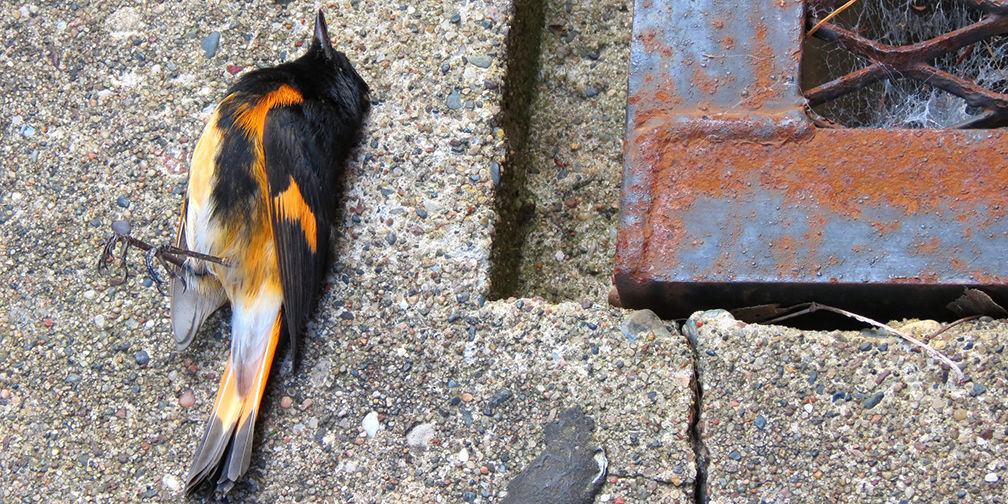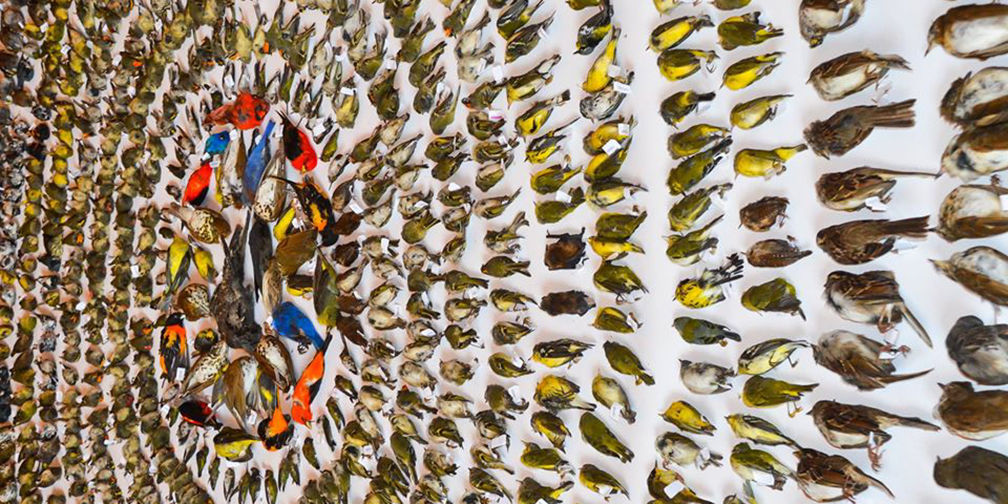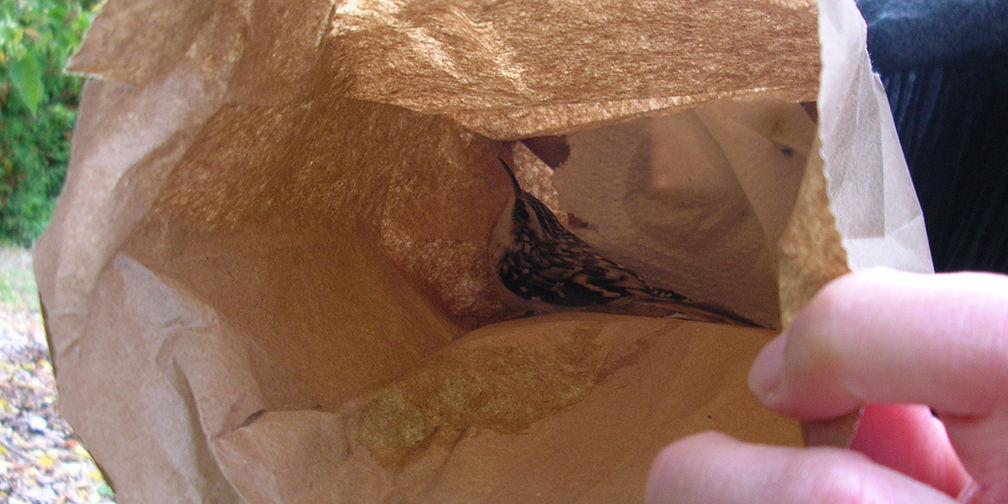Help, There Is a Baby Bird With an Injured Wing Outside
Tips for helping an injured bird
Western tanager © Kati Fleming
What I find most remarkable about birds is their intrepid nature. I love to point my binoculars and watch a bird soar above me, seemingly out of reach of all human pettiness. I never tire of watching warblers flutter from branch to branch, challenging me to look closer, observe more fiercely and attend to details even more vigilantly. Spending hours observing birds could lead to the false conclusion that they're invincible, otherworldly creatures.
I often forget the danger birds find themselves in constantly. A migratory flight may well end up in disaster (and a sizable percentage of them do). A bird could find itself off-course, like the western tanager that appeared in Oshawa this past December, and live out its last days in a foreign locale, entirely unprepared for its climate. Birders marveled at the rarity, but what began as a miraculous sighting tragically turned into a deathwatch, since the bird wasn't prepared for our winter.

Dead redstart © Stephanie Beard CC BY-NC-SA 2.0
Anybody living in a large urban centre recognizes the constant danger birds face when navigating office buildings and high-rises. Toronto alone claims about a million avian casualties every year, many of them migratory birds that collide with skyscrapers, fatally deceived by reflective windows. The Fatal Light Awareness Program (FLAP) is working to spread awareness about the senseless bird deaths and also to increase bird-safe buildings by developing collision reduction strategies for architects, developers and building managers. Last week, the Royal Ontario Museum mounted an annual exhibit displaying the corpses of 2,400 birds that died while passing through the Toronto skyline to raise awareness about avian casualties.

2015 avian casualty display © FLAP
But what happens when you come in contact with an injured bird? About a year ago, while birding on the Toronto Islands, I saw a dying cormorant on the beach while on a group tour. My group leader was qualified enough to assess that it was too late to call for help of any kind. Suddenly, I wondered what I would have done if I was alone. Before this moment, I had operated under the illusion that birds were invincible. The fact that I had no idea what to do or who to call terrified me.
Ontario Wildlife Rescue has an informative website dedicated to orphaned, sick or injured wildlife in our province, including rehabilitation centre addresses and phone numbers. Most hotlines are available seven days a week and will provide you with guidance.

Rescued brown creeper being released © FLAP
The first thing to do if you find a small, injured bird is to confine the bird. Place the injured bird in a covered box, with air holes punched in it, and keep it in a warm, quiet place without trying to feed it or apply any kind of medication. If the injuries look serious, the bird has blood on it, is missing a significant amount of feathers, is swollen, asymmetrical, or can no longer stand on its own, the best thing to do is to take the bird to a rehabilitation centre immediately. For less serious injuries, there is a chance that if the bird is left alone for a few hours, it might be able to fly away on its own, once released. Always use your judgment and never try to confine birds of prey or large birds such as cormorants or swans.
FLAP has a useful page about how to confine injured birds, FLAP also has a section of their website devoted to helping individuals save birds by reporting injured bird incidents and also offering practical suggestions about what to do with an injured bird.
Receive email alerts about breaking conservation and environmental news.

Julia Zarankin is a writer, editor, and former professor of Russian literature and culture at the University of Missouri. She's a long-time contributor to ON Nature magazine and our blog.
Help, There Is a Baby Bird With an Injured Wing Outside
Source: https://ontarionature.org/tips-for-helping-an-injured-bird/
Post a Comment for "Help, There Is a Baby Bird With an Injured Wing Outside"